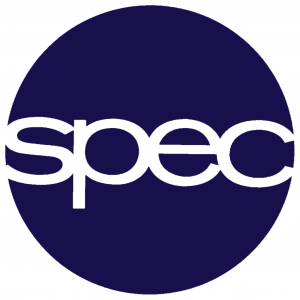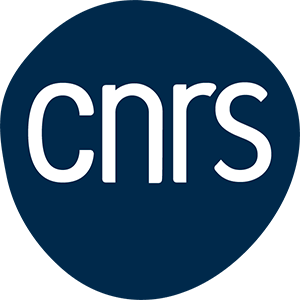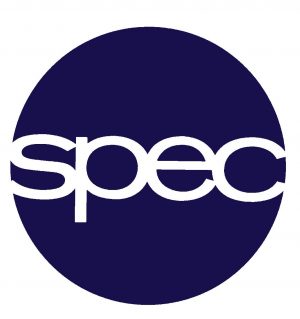Offer description
Information about the internship
- Field / Topic: Condensed matter physics / photoelectrochemistry
- Research Unit: SPEC/SPHYNX and SPEC/LNO
- Internship place: CEA Saclay
- Internship duration: 6 months
- Level of study: Bachelor + 5 years
- Training: Master 2 / Engineer
- Continuation in PhD thesis: YES
- Application deadline: 01/02/2026
Internship description
Short summary
Production of clean hydrogen by solar water splitting can be improved by controlling charge transfer at the electrode – electrolyte interface. At the interface, the photoanode’s surface potential is responsible for band alignments and bending, and thus for charge separation during the photoelectrochemical reaction. During this internship we propose to growth hetero-structured photoanodes (Fe2O3/FTO and M-OOH/ Fe2O3/FTO with M = Fe, Co, Ni, Cu or Zn), to measure their surface potential and to correlate these findings with macroscopic photoelectrochemical activity.
Extended subject
Hydrogen production by solar water splitting (SWS) is a very noteworthy concept because it permits the direct storage of solar energy in the H2 chemical bonds. Moreover, it is a clean method and it uses abundant and not-expensive materials as electrodes. The optimization of materials used as photoelectrodes for this reaction represents an important challenge. The interface between the electrodes and the aqueous electrolyte is responsible for the charge transfer efficiency during SWS. Charge transfer at the interface is subject to the alignment between energy bands both in electrode and electrolyte side, and parameter such as surface potential plays a major role on the final band bendings and charge separation.
This study focuses on the interface between photoelectrode and electrolyte by measuring the surface topography and potential of different heterostructures proposed as photoanodes using an Atomic Force Microscope (AFM) coupled to Kelvin Probe Force Microscope (KPFM) on the near field microscopy platform at the SPEC laboratory (IMAFMP). The samples consist of films of transition metal oxyhydroxide (M-OOH with M = Fe, Co, Ni, Cu or Zn) obtained by electrodeposition, deposited both on FTO substrate and Fe2O3/FTO photoanode.
The intern will carry out: i) the growth of Fe2O3 photoanodes and catalysts films by aqueous chemical growth and electrodeposition; ii) Photoelectrochemical characterization of photoanodes (photocurrent and EIS) using the solar water splitting dedicated setup; iii) AFM and KPFM measurements. This study will allow us to correlate the local aspects (nanorods morphology, surface potential) with the macroscopic ones (photocurrent, interface characterization by EIS). Complementary physico-chemical characterizations (MEB, DRX, XPS) are also envisaged. The intern’s work is part of the ANR project OERKOP.
Keywords
Surface potential, AFM, KPFM, Solar water splitting, hematite photoanode,
Candidate profile
- Scientific skills: material science, condensed matter, photoelectrochemistry
- Software / calculations : office, python for data treatement and spectra fit
- Languages : English, French
LINKS
- Web site of the laboratory: SPEC
- Personal Web page of the supervisors : Dana Stanescu (SPEC/LNO) – Cindy L. Rountree (SPEC/SPHYNX)
- Detailed description of the internship topic




